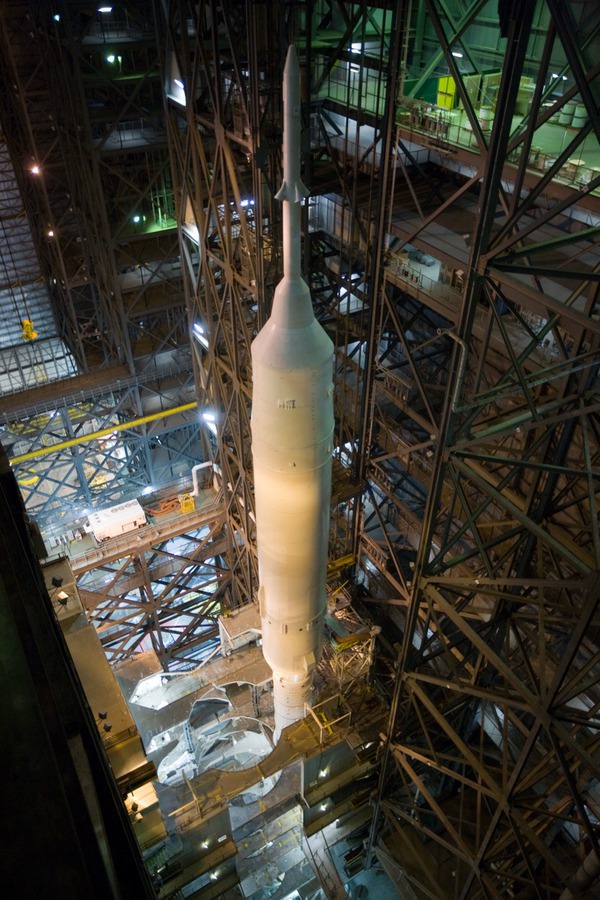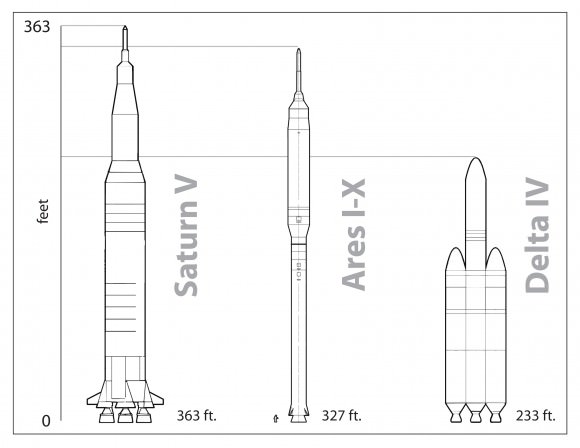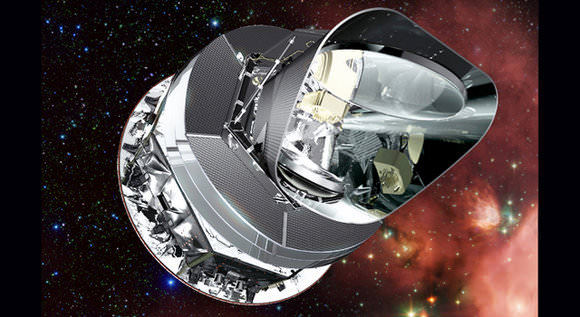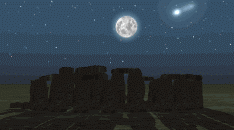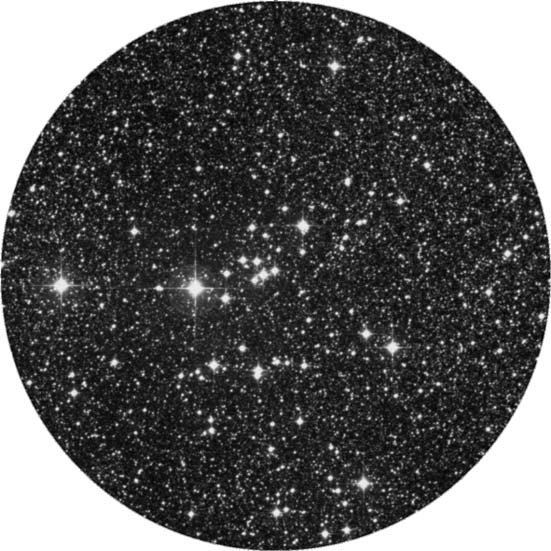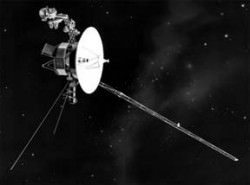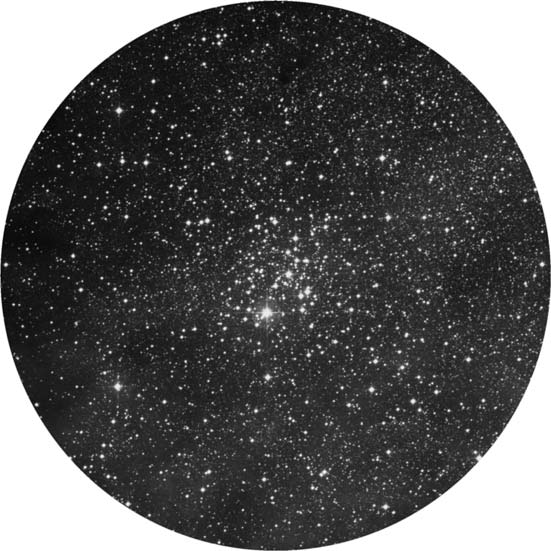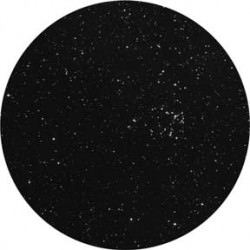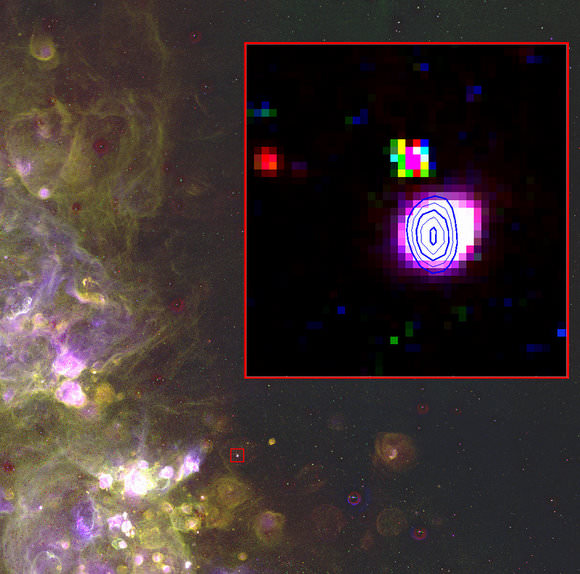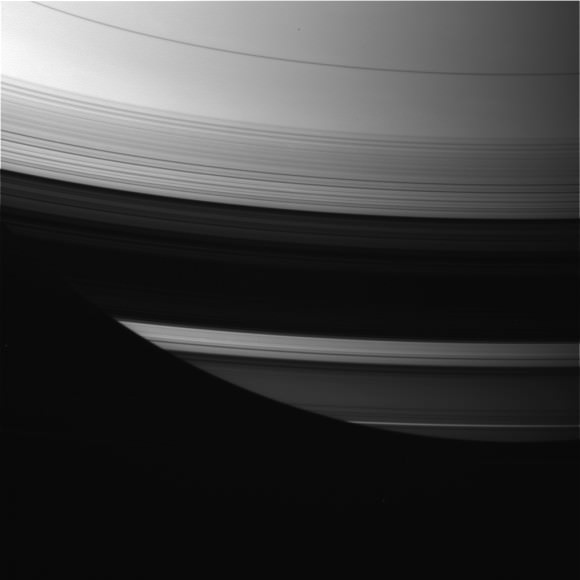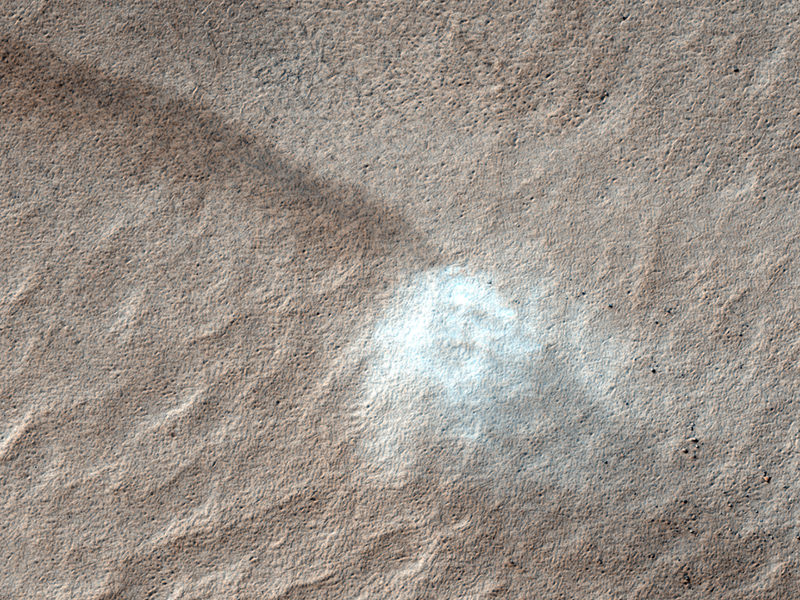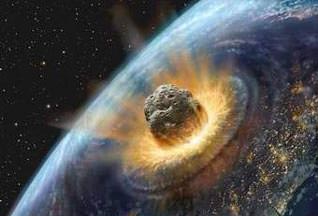[/caption]The large-scale structure of the Universe is made up of voids and filaments, that can be broken down into superclusters, clusters, galaxy groups, and subsequently into galaxies. At a relatively smaller scale, we know that galaxies are made up of stars and their constituents, our own Solar System being one of them.
By understanding the hierarchical structure of things, we are able to gain a clearer visualization of the roles each individual component plays and how they fit into the larger picture. For example, if we go down to the world of the very small, we know that molecules can be chopped down into atoms; atoms into protons, electrons, and neutrons; then the protons and neutrons into quarks and so on.
But what about the very large? What is the large-scale structure of the universe? What exactly are superclusters and filaments and voids? Let’s start by looking at galaxy groupings and move on to even larger structures.
Although there are some galaxies that are found to stray away by their lonesome, most of them are actually bundled into groups and clusters. Groups are smaller, usually made up of less than 50 galaxies and can have diameters up to 6 million light-years. In fact, the group in which our Milky Way is a member of is made up of only a little over 40 galaxies.
Generally speaking, clusters are bunches of 50 to 1,000 galaxies that can have diameters of up to 2-10 megaparsecs. One very peculiar property of clusters is that the velocities of their galaxies are supposed to be too high for gravity alone to keep them bunched together … and yet they are.
The idea that dark matter exists starts at this scale of structure. Dark matter is believed to provide the gravitational force that keeps them all bunched up.
A great number of groups, clusters and individual galaxies can come together to form the next larger structure – superclusters. Superclusters are among the largest structures ever to be discovered in the universe.
The largest single structure to be identified is the Sloan Great Wall, a vast sheet of galaxies that span a length of 500 million light-years, a width of 200 million light-years and a thickness of only 15 million light-years.
Due to the limitations of today’s measuring devices, there is a maximum level to which we can zoom out. At that level, we see a universe made up of mainly two components. There are the threadlike structures known as filaments that are made up of isolated galaxies, groups, clusters and superclusters. And then there are vast empty bubbles of empty space called voids.
You can read more about structure of the universe here in Universe Today. Want to read about the cosmic void: could we be in the middle of it? We’ve also written about probing the large scale structure of the universe.
There’s more about it at NASA. Here are a couple of sources there:
Here are two episodes at Astronomy Cast that you might want to check out as well:
Sources: NASA WMAP, NASA: Sheets and Voids


